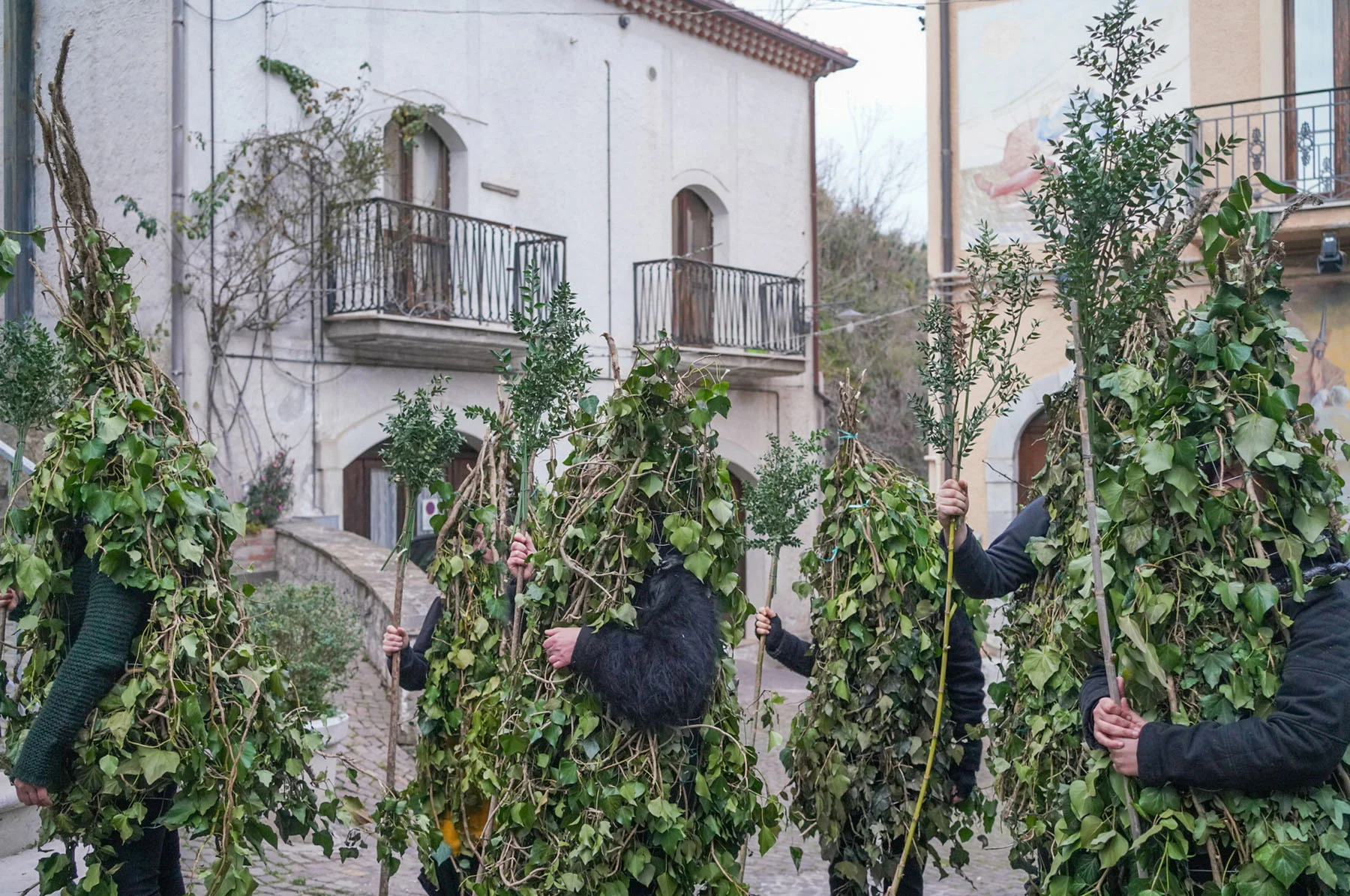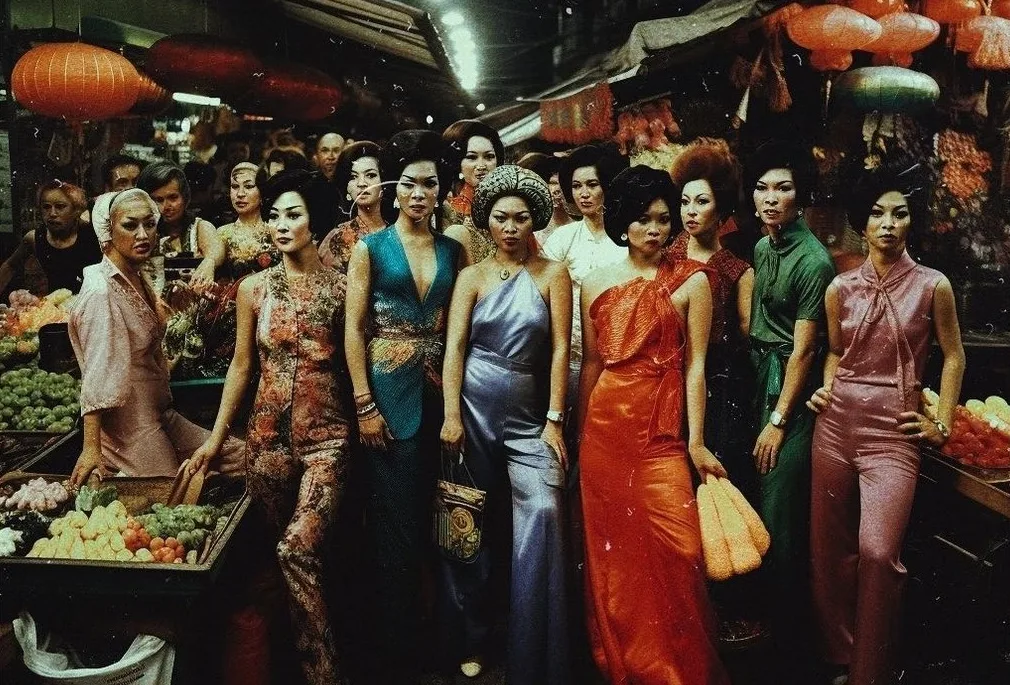

Collagist and photographer Melville grew up on an estate in Sheffield, not the kind of place artists typically thrive in. But there was a lot of life there, and most of it unexpressed. Having had an inclination toward art as a child, he learned to scrapbook. One day, after years of not doing too much, he started to scrapbook again. Now, his works offer personal visual diaries which reflect a moment, place or people. The aim is to capture real life, the underbelly of society, the things that signal home and identity. Here, writer Rhys Thomas explores the process, preoccupation and mission of Melville’s work.
Magpies are known for collecting objects. Not necessarily shiny ones, that part is a myth. The truth is, they cut about the world and take what appeals to them, whatever it may be, and fashion this into the fabrics of their homes. Sheffield-born artist Melville the Third (he is “the third generation of people called Melville” in his family) can be considered a bit of a magpie himself.
Melville, or Melv as he addresses himself, makes raw, garish collages that start with a theme, a mood or a place in time, and pull together a world of associations around them. The source material is primarily his own photography, taken just about anywhere he goes; but he also uses anything he finds which speaks to him: lost provisional driver’s licenses, old cigarette packets, gig tickets, portraits of soap opera royalty. “Then I print things out, tear it all up by hand and Pritt Stick it down,” he says.


“I see my work as a set of visual diaries, that’s where it all came from,” Melville says, explaining how he has been scrapbooking since a young man, inspired predominantly by The Libertines frontman Pete Doherty’s “The Books of Albion” as well as Xerox art. As the subjects show, Melville is an ordinary bloke from a place known for industry and graft, not glamor or wealth, and made up of people who go through the world the best they can, surviving, cobbling together as good a time as possible along the way.
In a rare move for people like him, Melville followed his creative inclinations enough to study Graphic Design at Sheffield Hallam University. He ended up hating the course, and it shredded all his creative aspirations and confidence. “Years later I came back to scrapbooking, and later still, in the midst of a mild breakdown, I started questioning life, which led me to taking art seriously again. It’s been a long process,” he says.

“It’s hard for people from council estates to express themselves. I don’t know anyone from my school who went into arts,” he says. This is objective, not a sob story. People from working-class backgrounds are four times less likely to work in the creative industries than their middle-class peers, according to a report from the Sutton Trust. “This means there’s a lack of ways for people like us to express ourselves,” he adds. “I found a way, I’m lucky.”
This raw expression comes through in the work. In the same vein as a diary, it has an intimacy about it. It is real; documentation as opposed to homage. Most of the photos are taken on his iPhone. He collects like a magpie, whatever catches his curious eye, from anywhere. The assembly is then a deep and conscious effort of selecting images that resonate with the central idea of the piece. It’s an association game of pictures, his heart joining the dots collected by his mind and eye.

This all being said, Melville is keen to stress: “I don’t want my work to be defined by being from where I’m from, but I do want to highlight the real world, the places ordinary people live, the way they live.”
“When Saturday Comes” is a good example. Named after a film about a young man in Sheffield who works at a local brewery and ends up playing for Sheffield United, it’s a collage in which Melville is highlighting “what a lot of lads like myself do, what they live for.” The images are taken from a typical Saturday: getting up on Saturday morning, putting a few bets on, meeting mates at the pub, going to the match, and going out after that. “It touches on football violence and other subcultures who share similar rituals, too, spans classes, and also really is about escape and vices,” he adds.

Again, it is impartial and not romantic. “These vices are good and bad. There’s a lot of horrible stuff that comes from them, but for many people, that’s all they have to escape the monotony and rat race of life,” he says. The collage layers cigarettes and laughing gas canisters with karaoke and Casuals fashion, and the images of police were taken on film at Sheffield Wednesday, Melville’s team, against Barnsley FC. “It’s a derby game, so I knew it’d be a good one to catch action on the film camera.”


Whereas that work came out of an archive of images he had collected over the weekends, other works are planned ahead of time. “Best of British 3” is a collage showcasing a vision of Britain. A personal shrine of the good things this country has to offer. Melville’s own diary, his own association game. “Legends like Ian Curtis, Lennox Lewis, Terry Butcher;” pleasures like cheap beer, fish and chips, nuggets of weed; everyday essentials like BMX bikes, corner shops and cash-only signs. A highly individual portrait, a form of self-expression, and yet it speaks to many under-represented and deprived people across the country, even beyond it.


Melville’s own cultural lens dictates the flow. These are mosaics of his mind, and “not everybody will get all of it, some people won’t understand at all, and that’s fine,” he says. Those who do feel a pull to the work, however, feel pangs of nostalgia, familiarity and ultimately, their worlds represented. The sheer volume of stimuli can leave you looking at each piece for a long time. There is a lot of art in these parts, for there is a lot of life in these parts.
“It’s the same in Paris and Milan,” he says. “As soon as you go to the outskirts, the underbelly of society is there, away from the tourism and glamor. That’s what I aim to document.”

